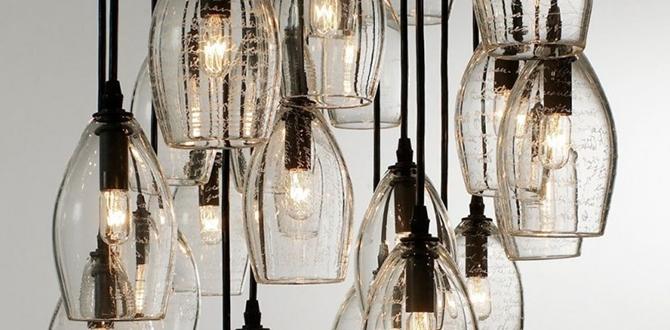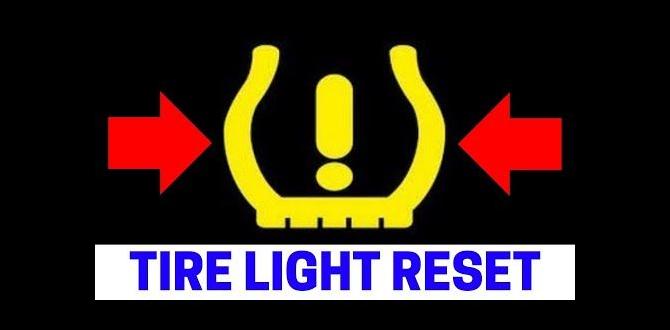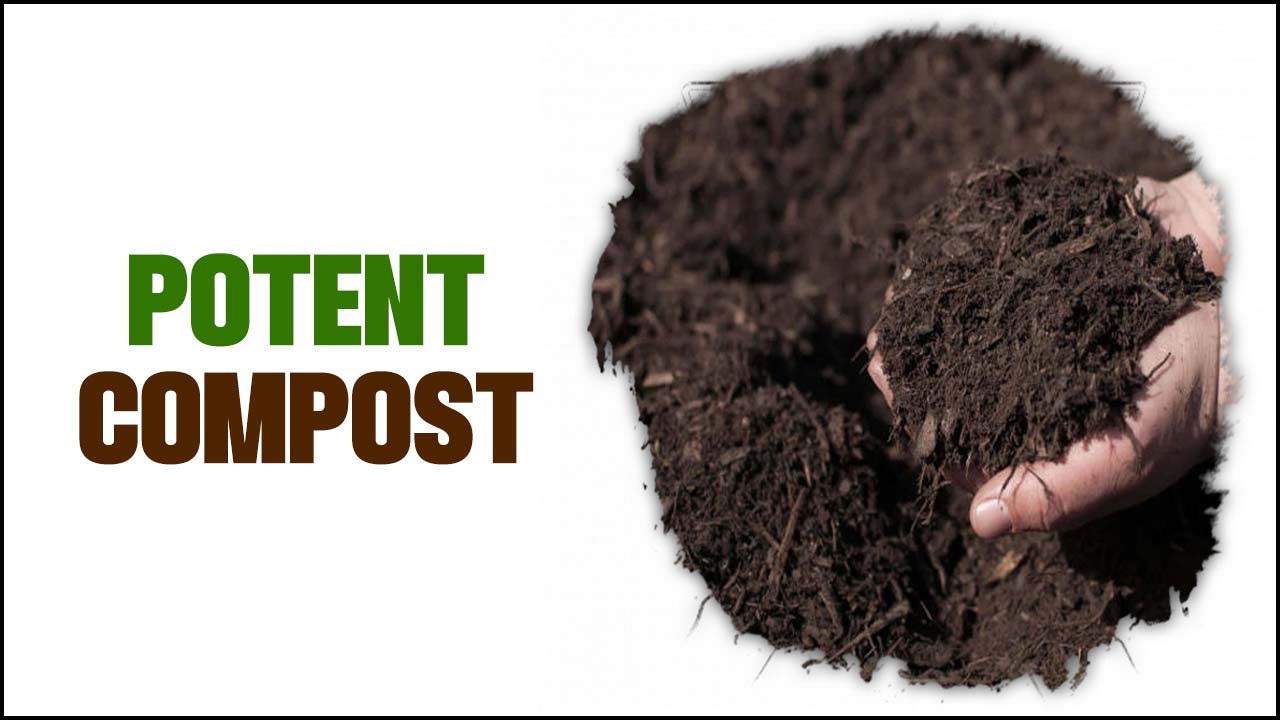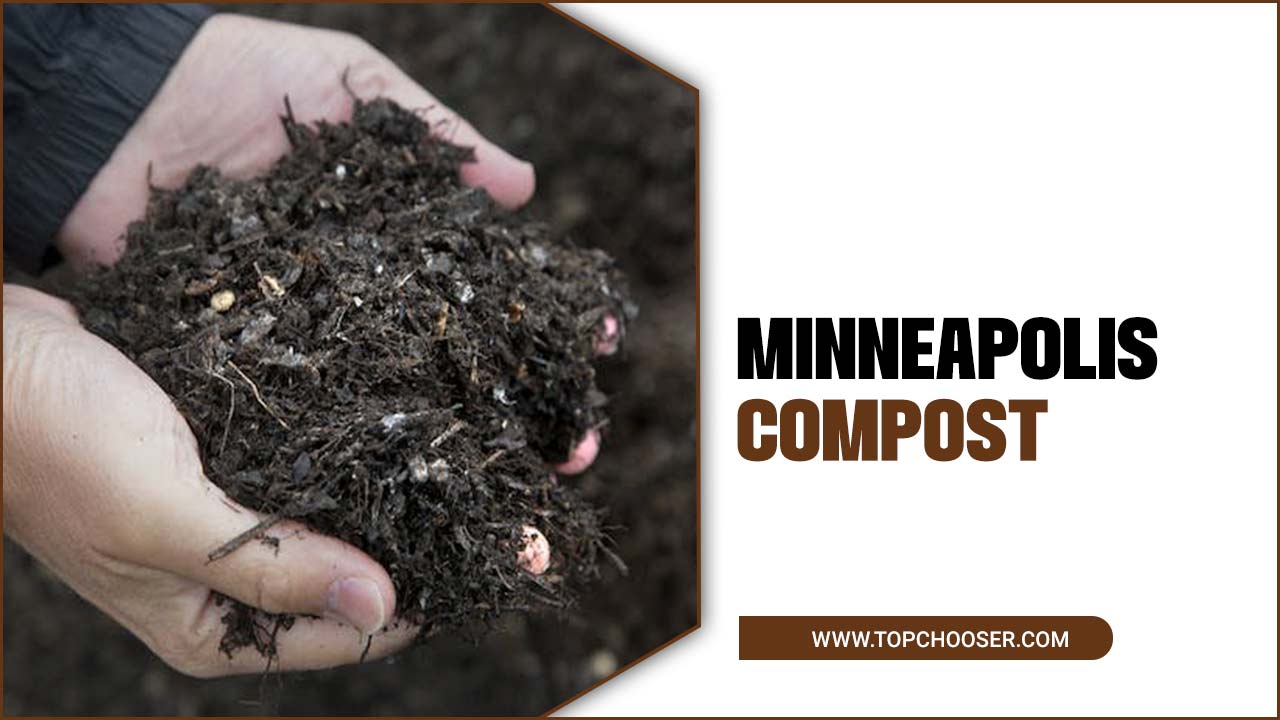Have you ever noticed build-up on your faucets or seen spots on your dishes? If so, you may be dealing with hard water. Many people face this problem daily. It can make cleaning harder and can even damage your appliances. But what if I told you there’s a simple solution? That’s where a water softener comes in. But how does a water softener work? Understanding this can help you appreciate the benefits it brings to your home.
Imagine filling a bathtub with water that is soft and smooth. It feels wonderful against your skin. Water softeners make this happen by removing unwanted minerals from the water. They help change harsh water into a gentle flow that’s kinder to your skin and plumbing.
In this article, we will explore how water softeners work. We’ll break down the process in easy-to-understand ways. You’ll discover not only the science behind it but also why having soft water is a great idea. Get ready to dive into the world of water softening!
How Does A Water Softener Work? Understanding Its Process

How Does a Water Softener Work?
Water softeners help remove hard minerals from water. They use a process called ion exchange. In this process, the hard minerals, like calcium and magnesium, are swapped for sodium ions. This makes the water gentler on your skin and appliances. Have you ever noticed soap doesn’t lather well in hard water? A water softener can fix that! With soft water, your showers feel better, and your dishes shine. Isn’t that amazing?Understanding Hard Water
Definition of hard water and its mineral content. Effects of hard water on plumbing and appliances.Hard water is like the grumpy old man of water. It has extra minerals, especially calcium and magnesium, making it tough on stuff around the house. These minerals can cause scale build-up in pipes and appliances, making them work harder, like running a marathon with a backpack on. Over time, this leads to clogs and costly repairs. Who wants that? So, knowing about hard water helps you keep your plumbing and gadgets in top shape!
| Mineral | Effect on Water |
|---|---|
| Calcium | Builds up in pipes |
| Magnesium | Reduces soap lather |
What is a Water Softener?
Explanation of water softening technology. Types of water softeners (ion exchange, saltfree, etc.).A water softener is like a magic gadget for your home’s water supply. It gets rid of hard minerals like calcium and magnesium, which can make your water less friendly to your pipes and appliances. This little hero uses ion exchange technology, swapping these tough minerals for softer ones, like sodium, making your water more suitable for bathing, cooking, and cleaning.
There are different types of water softeners:
| Type | Description |
|---|---|
| Ion Exchange | Uses salt to remove hard minerals. |
| Salt-Free | A cleaner option that prevents scale without salt. |
| Magnetic | Uses magnets to change mineral behavior. |
Each type offers unique ways to soften water, so you can pick the best sidekick for your home! Who knew soft water could be such a fun topic?
The Science Behind Water Softening
The ion exchange process explained. Role of resin beads in water softening.Water softening uses a simple trick called ion exchange. In this process, hard minerals like calcium and magnesium are swapped for softer ones, usually sodium. How does it work? Tiny resin beads help with this swap. When water flows through the beads, the hard minerals cling to them and release sodium into the water. This makes the water soft and easier on your pipes and clothes.
What are resin beads?
Resin beads are small, round balls that perform the heavy lifting in softening water. They have a strong attraction to hard minerals and help remove them quickly. The process keeps your home appliances safe and makes cleaning easier. Without these beads, hard water could cause lots of problems!
Installation Process
Stepbystep guide to installing a water softener. Common mistakes to avoid during installation.Installing a water softener can seem tricky, but it’s like piecing together a puzzle. Start by reading the manual. First, find the right spot, usually near your main water line. Next, shut off the water and connect the softener using the provided pipes. Remember to check if those connections are tight! Common mistakes include ignoring the manual, and mixing up inlet and outlet pipes. To avoid headaches, here’s a handy table:
| Step | Tip |
|---|---|
| 1. Choose Location | Keep it close to your water source. |
| 2. Shut Off Water | Safety first! No splashes, please. |
| 3. Connect Pipes | Tighten those screws like you mean it! |
| 4. Power It Up | Check the settings; it’s not a magic trick! |
With a little patience and attention, you’ll have soft water pouring in, making your hair shinier and your laundry fluffier. It’s a win-win!
Maintenance and Regeneration
Explanation of the regeneration cycle. Tips for maintaining a water softener for optimal performance.Every water softener needs a little care. It works well through a process called regeneration. This happens when the softener cleans its resin beads, which catch hard minerals. It uses salt to do this. Here are some tips for keeping your softener in top shape:
- Check salt levels regularly.
- Clean the brine tank once a year.
- Don’t skip on system check-ups.
- Watch for water flow changes.
With these tips, your water softener will work better and last longer. Happy softening!
How does a water softener regenerate?
The regeneration cycle removes hard minerals from the resin beads. This process usually happens every few days, depending on your water usage.
Benefits of Using a Water Softener
Advantages for household appliances and plumbing systems. Health benefits of softened water.Using a water softener brings many benefits for homes. First, it helps appliances like dishwashers and washing machines last longer. Softened water prevents mineral buildup, which can harm these machines. This means less repairs and more savings!
Softened water also has health perks. It can be gentler on skin and hair, making showers feel nicer. People with sensitive skin notice fewer rashes. Soft water is also easier on pipes, keeping them clear and flowing smoothly.
- Longer-lasting appliances
- Healthier skin and hair
- Less mineral buildup in plumbing
What are the health benefits of softened water?
Softened water can improve skin health and make hair easier to manage. It reduces dryness and irritations. Many people find it soothing and refreshing.
Cost Analysis
Initial investment vs. longterm savings. Factors affecting the cost of water softeners.When considering a water softener, it’s vital to look at both the initial price and future savings. While you might need to cough up a few bucks upfront, think of it as an investment in your plumbing’s health. Over time, you’ll save money on repairs and soap usage! Several factors influence the cost, including the size of your household and water hardness levels. It’s like choosing the right size pizza: too small and everyone’s hungry, too big and you’re having leftovers for a week!
| Initial Costs | Long-Term Savings |
|---|---|
| $300 – $1500 for a unit | Up to $800 saved in repairs |
| Installation costs | Less soap means spending less cash |
Common Myths and Misconceptions
Debunking popular myths about water softeners. Clarifying misunderstandings regarding health and safety.Many people think water softeners make water unsafe. They also believe softeners remove all healthy minerals. Let’s clear that up! It’s a myth that softened water is dangerous. The truth is, softened water is safe to drink and doesn’t harm your health. Plus, it still has some essential minerals. Some folks even think these machines are magic! They aren’t. They work by exchanging minerals, not disappearing them. So, let’s bust these myths! Here’s a quick fact table:
| Myth | Fact |
|---|---|
| Softened water is unsafe | Safe to drink! |
| Removes all minerals | Retains some essential ones. |
| Water softeners are magic | Nope! Just science. |
Choosing the Right Water Softener
Key factors to consider when selecting a water softener. Recommended models and brands based on user reviews.Picking the right water softener can make a big difference in your home. First, think about your water hardness. You need a unit that fits your family’s needs. Size matters too—smaller homes need less power. Next, check for salt efficiency. Some brands use less salt and save money.
- **User reviews:** Look for models with good ratings.
- **Cost:** Budget-friendly options are available.
- **Warranty:** Strong warranties give peace of mind.
Popular choices include brands like Fleck and Culligan, known for quality and reliable service. Remember to do some research!
What Should I Look for in a Water Softener?
Look for size, efficiency, and brand reputation. Also consider the cost and warranty offered. It helps to read user reviews to make sure you’re happy with your choice.
Environmental Impact of Water Softeners
Discussion on the ecological effects of water softeners. Alternatives for ecofriendly water softening solutions.Water softeners can affect our environment. They often release salt and chemicals into the water system. This can harm fish and plants. As more people use them, these effects grow bigger. But there are eco-friendly options. Alternatives include:
- Using a water conditioner
- Installing a reverse osmosis system
- Employing natural methods like vinegar
These choices can help us keep the water safe for nature. Using less salt is important. Switching to greener solutions can make a big difference.
Are there eco-friendly water softening options?
Yes, eco-friendly options include using water conditioners, reverse osmosis systems, and natural substances like vinegar.
Conclusion
In conclusion, a water softener helps remove hard minerals from water, like calcium and magnesium. This process makes water feel smoother and helps your appliances last longer. You can improve your home experience by using softened water. If you’re interested in learning more, consider exploring different types of water softeners or talking to a local expert.FAQs
Certainly! Here Are Five Related Questions On How Water Softeners Work:Sure! A water softener helps make hard water softer. Hard water has minerals like calcium and magnesium that can cause problems. The softener removes these minerals and replaces them with sodium. This makes the water better for cleaning and using at home. You will notice softer skin and cleaner dishes!
Sure! Just let me know the question you want me to answer, and I’ll be happy to help.
What Is The Primary Purpose Of A Water Softener?The main purpose of a water softener is to remove hard minerals like calcium and magnesium from water. These minerals can make it difficult to clean things, like dishes and clothes. When we use softened water, it lathers better with soap and helps our appliances work well. This means you’ll have cleaner dishes and softer skin!
How Do Ion Exchange Processes In A Water Softener Remove Hardness Minerals Like Calcium And Magnesium?In a water softener, we use something called ion exchange to remove hard minerals like calcium and magnesium. The softener has tiny beads filled with sodium ions. When hard water flows through, the beads trade sodium for calcium and magnesium. This means the water becomes softer and easier to use.
What Materials Are Typically Used In The Resin Bed Of A Water Softener?In a water softener, the resin bed usually has tiny beads made of plastic called polystyrene. These beads help remove hard minerals like calcium and magnesium from the water. Sometimes, the beads are covered with a special salt that helps them work better. You need to replace the salt regularly to keep the water soft.
How Do You Determine The Appropriate Size Of A Water Softener For A Household?To find the right size of a water softener for your house, you need to know how much water you use. We can start by counting how many people live in your home. Each person uses about 80-100 gallons of water a day. Then, you check how hard your water is. This tells you how much salt the softener needs to clean the water. Finally, you can use these numbers to choose the right size softener for your family.
What Maintenance Is Required For A Water Softener To Ensure Its Efficiency And Longevity?To keep a water softener working well, you need to check it often. Make sure the salt level is good and refill it when it’s low. You should clean the tank every few months to remove dirt and buildup. Finally, have a professional check it once a year to fix any problems. This will help your water softener last a long time!








